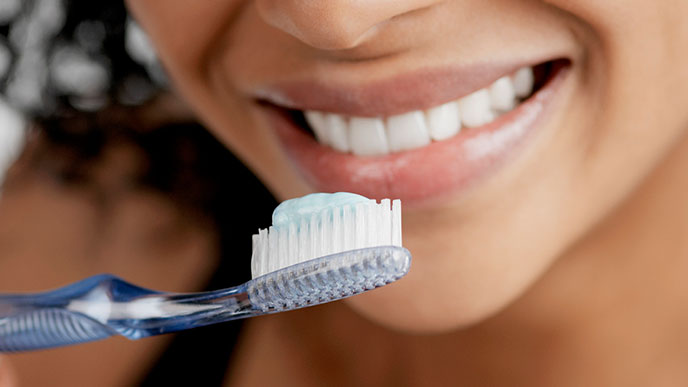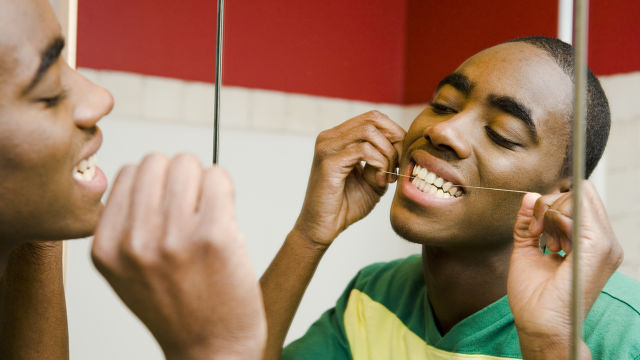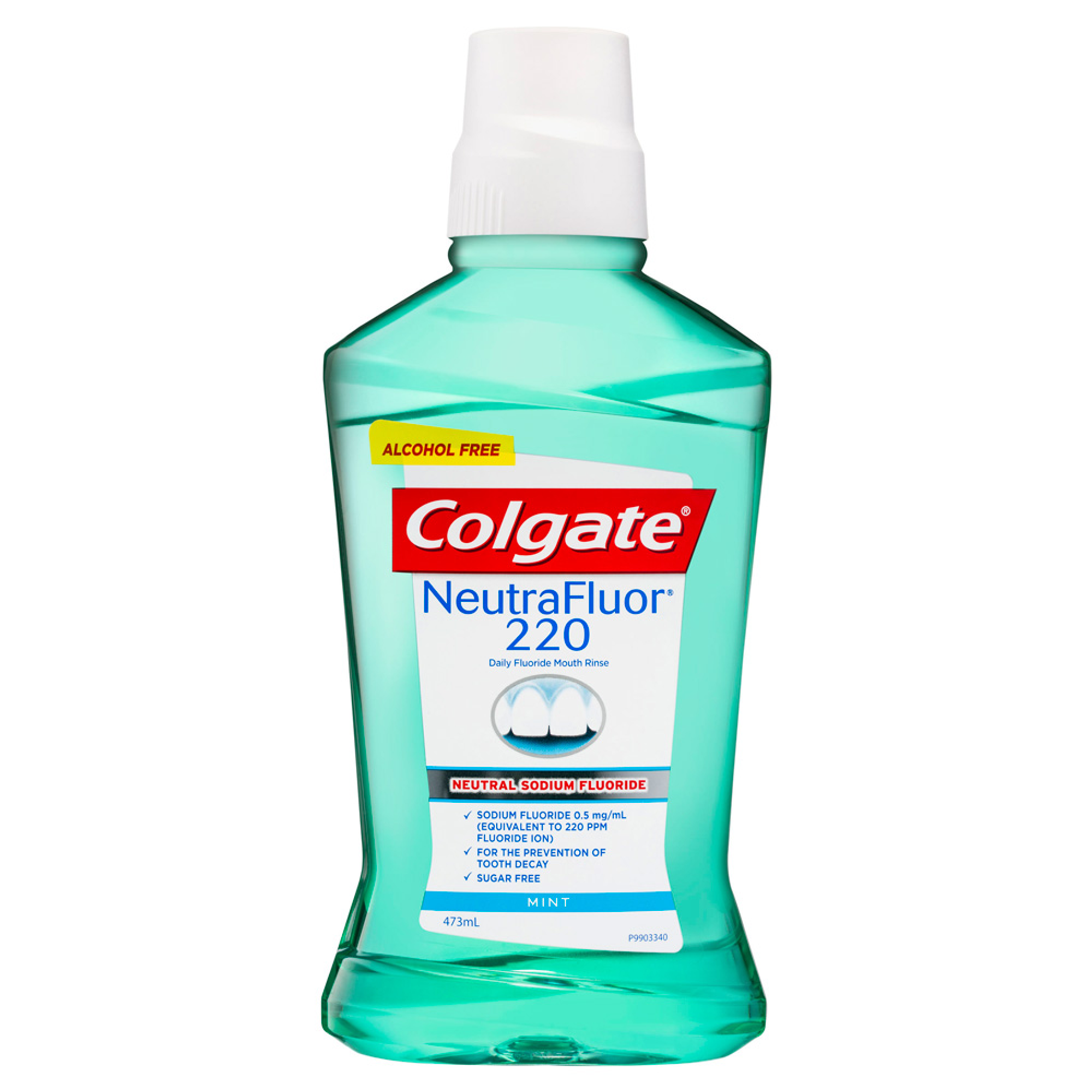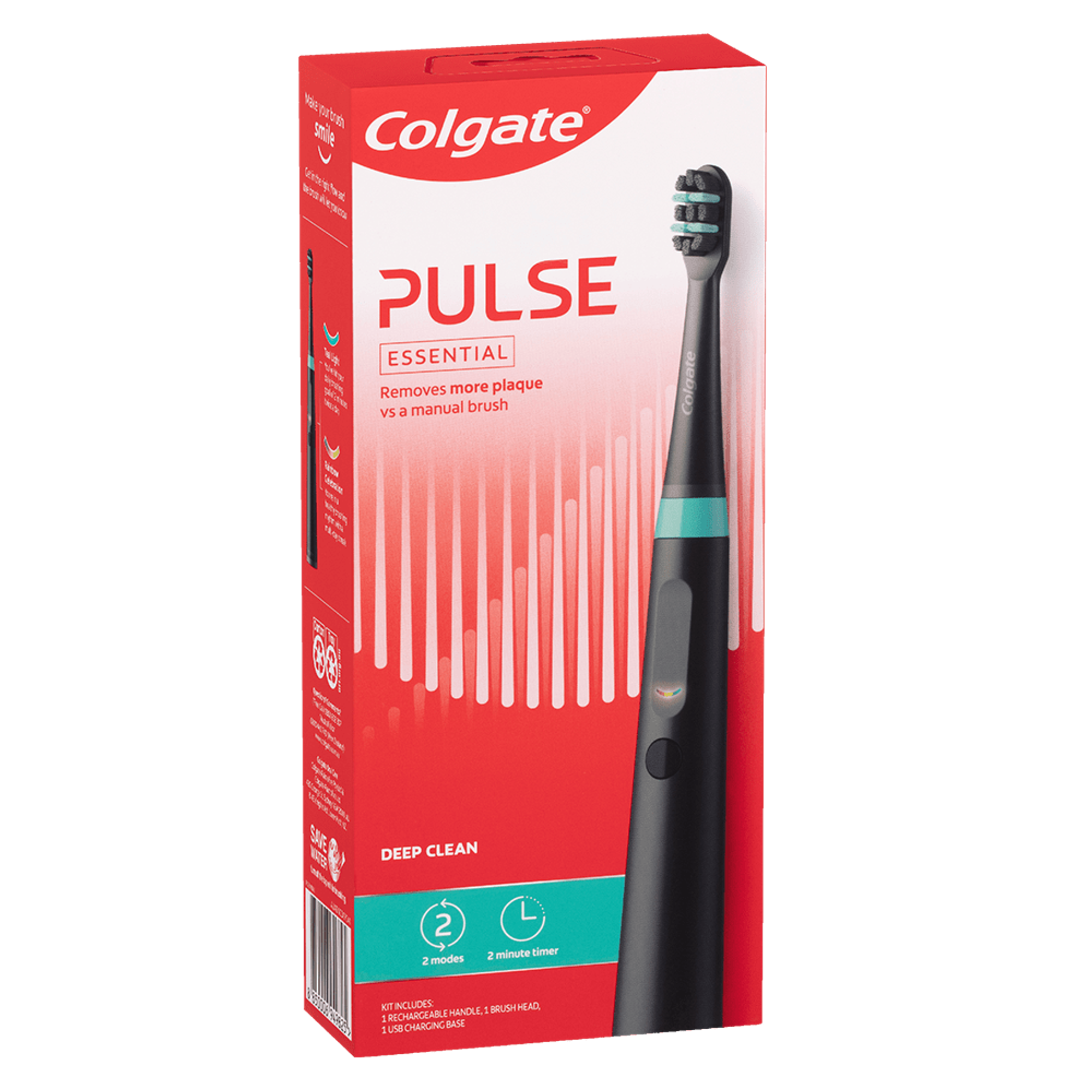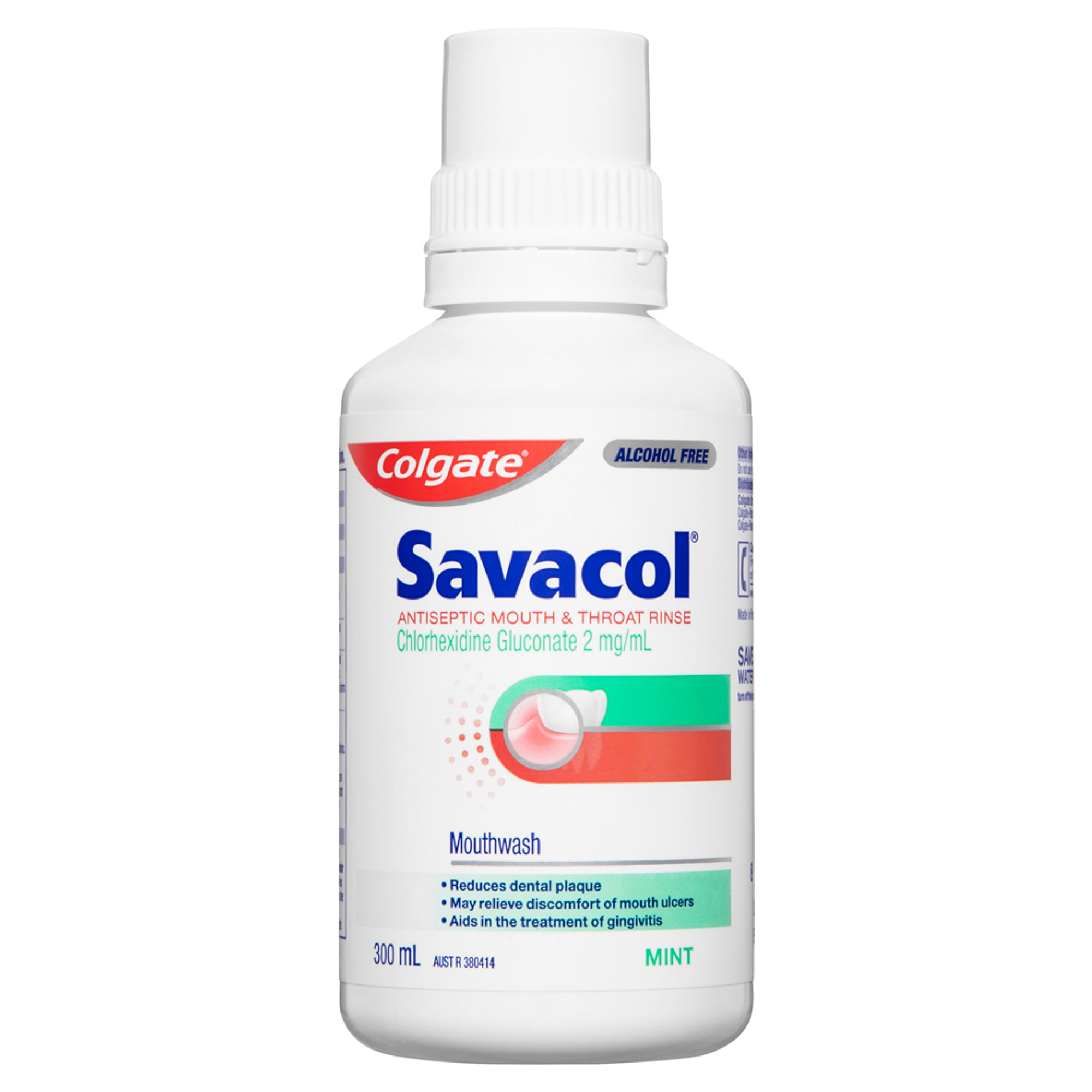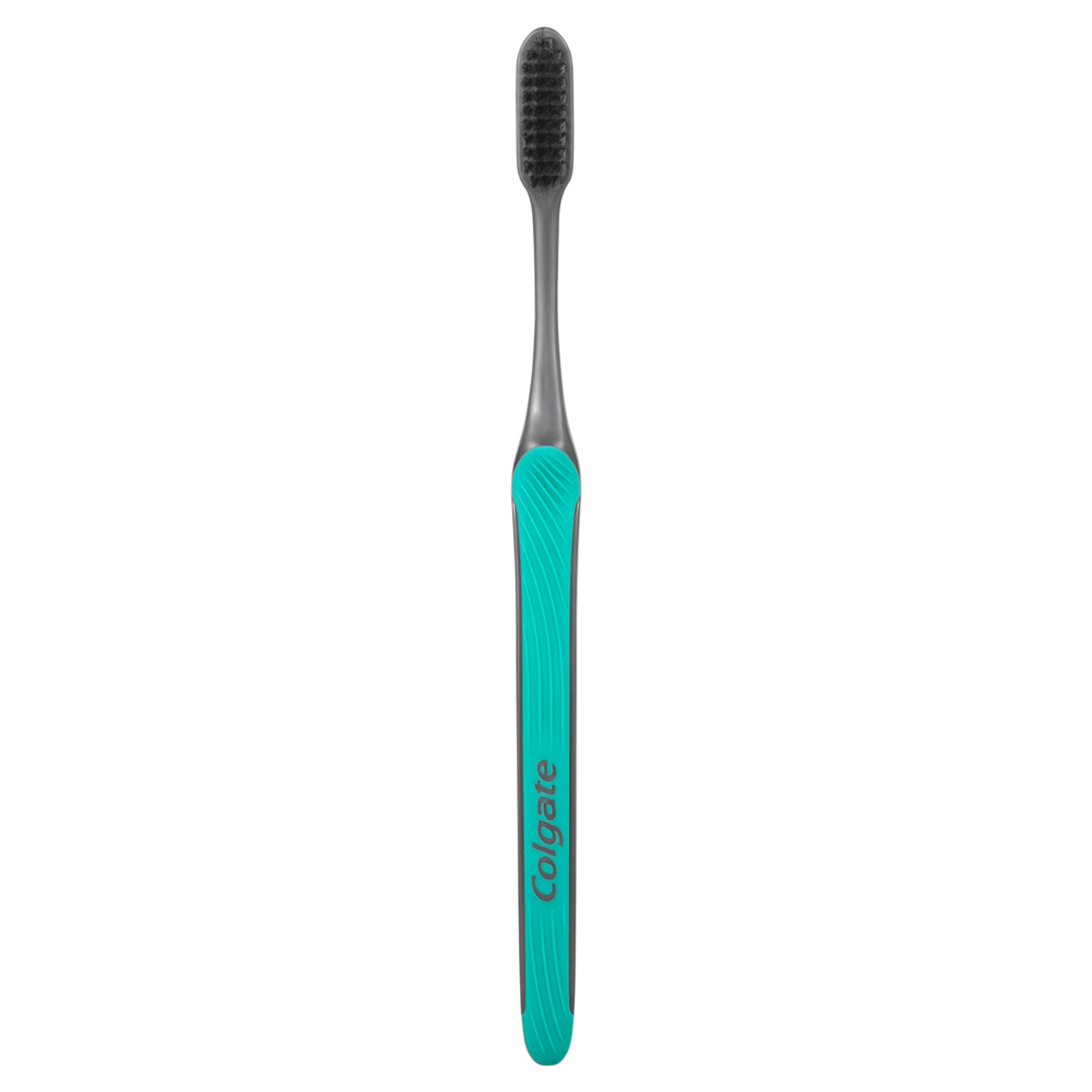-
-

BRUSHING & FLOSSING
How to BrushWhat Is the Right Way to Brush?
Proper brushing takes at least two minutes — that's right, 120 seconds!...

BRUSHING & FLOSSING
How To FlossWhat is the Right Way to Floss?
Proper flossing removes plaque and food particles in places where a toothbrush cannot easily reach... -
Science & Innovation
- Colgate® | Toothpaste, Toothbrushes & Oral Care Resources
- Oral Health
- Tooth Bonding (Composite Resin Restoration) : Before, During And After


That moment you realise you've chipped a tooth doesn't just cramp your smile; leaving it unchecked could cause pain. Luckily, tooth bonding is a simple and relatively comfortable procedure for those who need to restore broken or weakened teeth.
Compared to other cosmetic dental procedures, bonding is quick and offers long-lasting results. If you think it might be your answer to a smooth smile, here's what you can expect before, during and after your appointment.
| Teeth Bonding Before and After Pictures | ||
 |  | |
| Before Bonding | After Bonding | |
Before
Bonding is just one procedure through which a dentist can help you attain a better smile, but it's not your only option. The application works best on areas of the mouth with low bite pressure, like your front teeth, and those that need minor repair. When the damage is more severe or in an area of high bite pressure, your dentist may suggest a veneer or crown – both of which are ideal for extensive damage or molar restoration, according to Cleveland Clinic. Your dentist can help you choose the treatment that's right for you.
During
Tooth bonding applies a resin that is then moulded and hardened to fill in cracks or chips present in your teeth. It is virtually indistinguishable from your natural enamel, but before your dentist can begin his or her handiwork, the tooth may need some preparation, which can cause some sensitivity. Depending on the severity of the damage, your dentist may therefore opt to numb the area in which he is working to ensure your comfort.
After the tooth surface has been roughened, resin is applied and carefully shaped. A special light is then used to harden the resin, and you'll probably hear your dentist ask you to bite down several times to indicate if you feel excess resin that still needs smoothing away. This process is repeated until your tooth bonding is perfect.
After
Don't be surprised if your teeth feel a little strange after bonding; mouths are very sensitive to changes, and your tooth might feel wider with the addition of a resin. Over time it will bother you less.
Bonding may not last as long as veneers, but you should easily enjoy up to a decade of wear depending on the bite area and how you treat the tooth that was restored. Keep in mind the bonding of teeth won't resist stains as well as crowns or veneers, and doesn't respond to whitening treatments. Your best bet is to follow a healthy oral hygiene routine to keep your bonding looking bright, including brushing with an all-purpose toothpaste like Colgate Total® Advanced Whitening. To ensure the most years of wear, avoid things that can crack the bonded material, such as using your teeth to open food wrappers.
Tooth bonding is a great option for many small but vital repairs. An afternoon in the dentist's office and a little patience on your part could mean beautifying areas of your smile that cause you to feel self-conscious.
This article is intended to promote understanding of and knowledge about general oral health topics. It is not intended to be a substitute for professional advice, diagnosis or treatment. Always seek the advice of your dentist or other qualified healthcare provider with any questions you may have regarding a medical condition or treatment.
Related Products

Helping dental professionals
More professionals across the world trust Colgate. Find resources, products, and information to give your patients a healthier future




